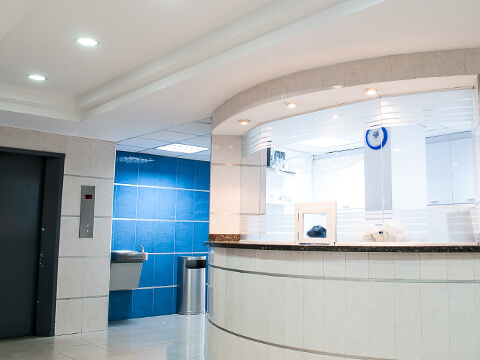 With the event of a lifetime upon us, COVID-19 has disrupted our daily routines and rearranged many of our priorities. One area the pandemic has impacted is the amenities apartment renters’ desire. Whether you have owned one property for 30 years or are in the process of building thousands of units across the US, it is important to identify and add highly sought-after amenities when possible.
With the event of a lifetime upon us, COVID-19 has disrupted our daily routines and rearranged many of our priorities. One area the pandemic has impacted is the amenities apartment renters’ desire. Whether you have owned one property for 30 years or are in the process of building thousands of units across the US, it is important to identify and add highly sought-after amenities when possible.
Before the pandemic struck, the top apartment amenities included pet-friendly features, soundproof walls, swimming pools and multi-function common areas. Other important items were: balconies, hardwood floors and stainless steel appliances. Apartment renters with smaller budgets wanted lower rents and expected fewer amenities.
Now with COVID-19, renters want more space to work from home. Multifamily units with built-in desks or convenient areas to work from are in demand. In addition, with more people choosing to eat from home, dining area tastes are shifting too. A bar area that separates the kitchen from the living room has become a more popular feature in apartments. This area allows for easier interior social distancing or alternative places to eat at home. Package delivery is another area where renters have shifting demands. With the surge in online orders, the number of packages arriving to apartments has significantly increased this year. Many apartments are adding package lockers with 24 hour coded access so residents can get their deliveries without human interaction.
New multifamily properties being built can incorporate new designs that better accommodate social distancing and safety measures. Apartment residents who spend a larger portion of time at home will demand access to amenities that improve their lives. Developers can incorporate on-site gyms and clubhouses can be made with smaller and separate rooms, enhanced bandwidth to support more residents working from home, and more open air common areas.
With the lockdowns, apartment complexes were forced to shut down many of their amenities in the interest of public safety and stopping the virus. This action, while rooted in the best interest of the residents, has caused some friction too. Numerous residents were asking for rental discounts since they were no longer able to use on-site amenities. Multifamily owners should have leases that explicitly state that amenity use is not included in the rent amount to protect themselves. Apartments with amenity fees clearly broken out separately could face some exposure, but can modify the agreements for future residents.
Within existing amenities, multifamily property owners have implemented some safety precautions to protect residents too. On-site gyms and pools are often available only by reservation or appointment only to promote social distancing. Apartment complexes are also increasing their sanitation and janitorial staff in resident common areas. Temperature testing, masks and hand sanitizers can also placed in common areas to help keep residents safe.
For multifamily property owners who want to add other protocols, they can lock the leasing office doors for social distancing, add floor stickers that say “six feet apart”, and by adding disposable self-serve items in common areas. Apartment complexes are also keeping potential renters safe by scheduling tours by appointment only, offering video and virtual 3D tours to limit contact between people. Virtual leasing is expected to continue and larger multifamily property companies can conduct large numbers of leasing without on-site staff, thus reducing their overhead.
Multifamily property owners are still learning and adjusting their operations due to the unique challenges presented by the pandemic. It is still early to tell if it is behind us, but by focusing on practical steps to keep residents safe while focusing on their shifting amenity preferences, they can continue to retain residents and grow their business.






